|
Conventionally, neural network constitutive laws for path-dependent elasto-plastic solids are trained via supervised learning performed on recurrent neural networks, with the time history of strain as input and the stress as input. However, training neural networks to replicate path-dependent constitutive responses requires significantly more data due to the path dependence. This demand on diversity and abundance of accurate data, as well as the lack of interpretability to guide the data generation process, could become major roadblocks for engineering applications. In this work, we attempt to simplify these training processes and improve the interpretability of the trained models by breaking down the training of material models into multiple supervised machine learning programs for elasticity, initial yielding and hardening laws that can be conducted sequentially. To predict pressure-sensitivity and rate dependence of the plastic responses, we reformulate the Hamliton-Jacobi equation such that the yield function is parametrized in a product space spanned by the principal stress, the accumulated plastic strain and time. To test the versatility of the neural network meta-modeling framework, we conduct multiple numerical experiments where neural networks are trained and validated against (1) data generated from known benchmark models (2) data obtained from physical experiments and (3) data inferred from homogenizing sub-scale direct numerical simulations of microstructures. The neural network model is also incorporated into an offline FFT-FEM model to improve the efficiency of the multiscale calculations. Preprint available here [URL]
0 Comments
Leave a Reply. |
Group NewsNews about Computational Poromechanics lab at Columbia University. Categories
All
Archives
July 2023
|

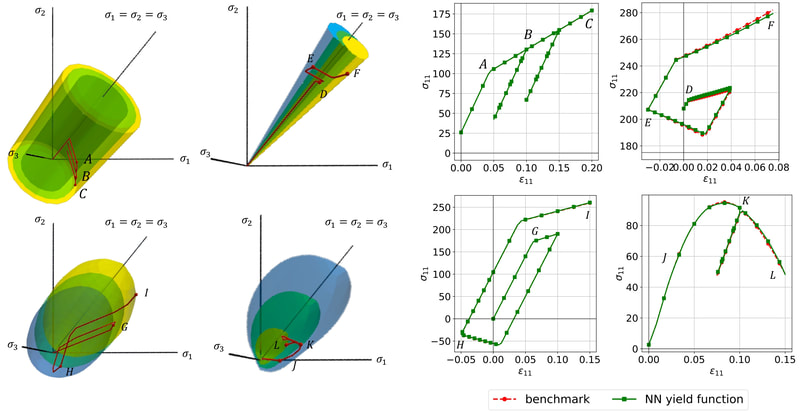
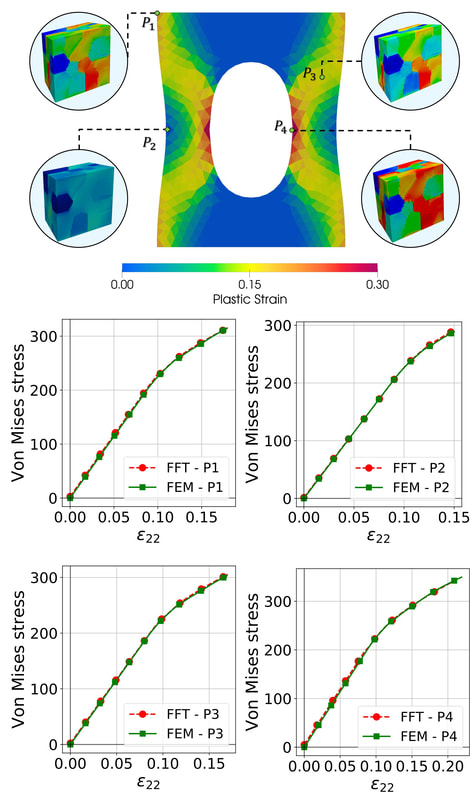
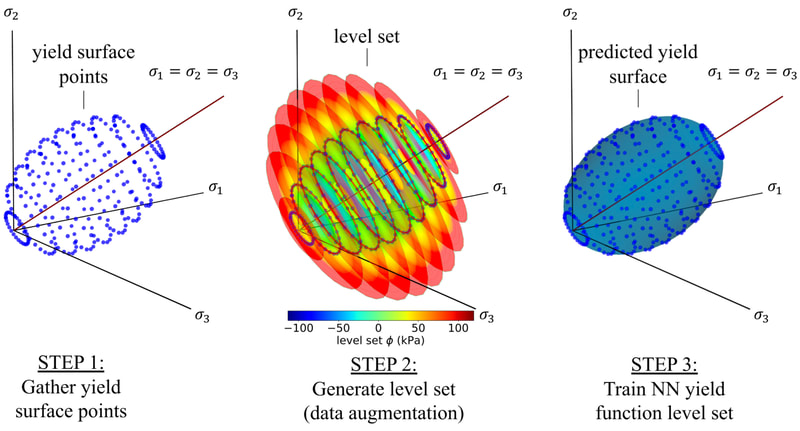
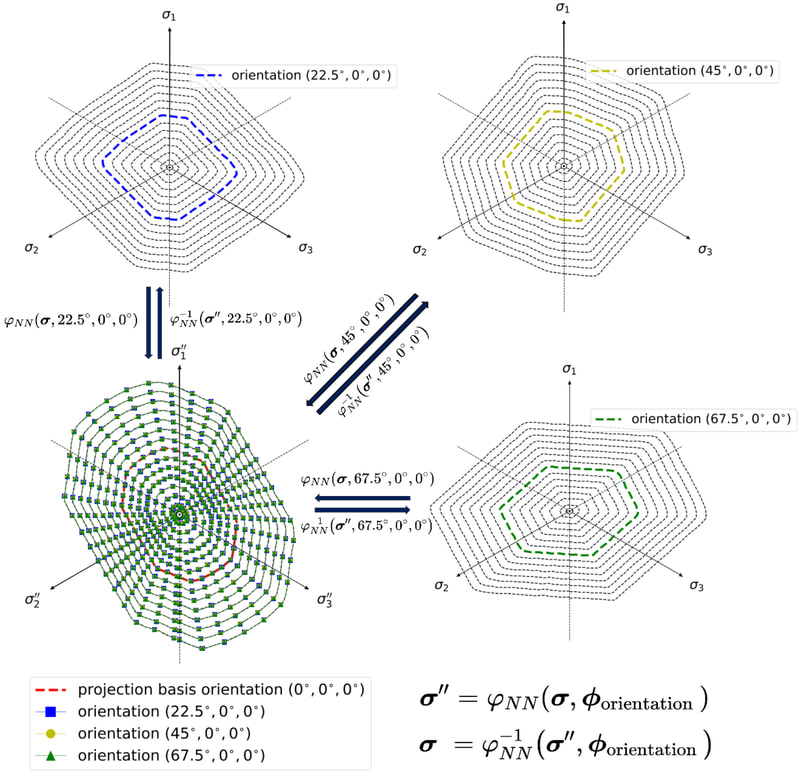
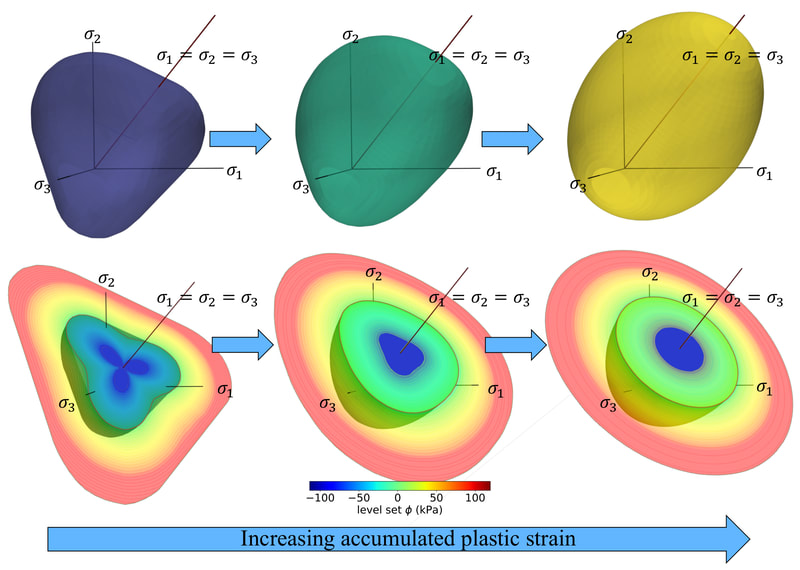
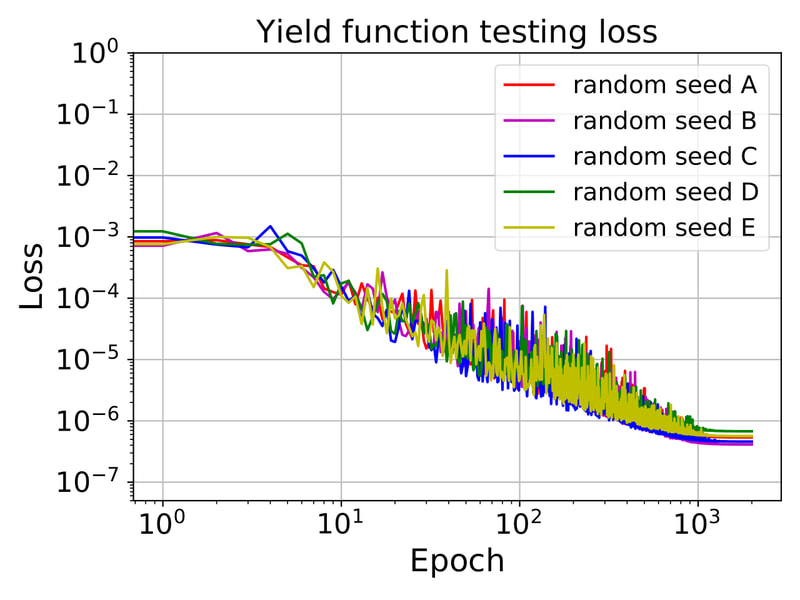
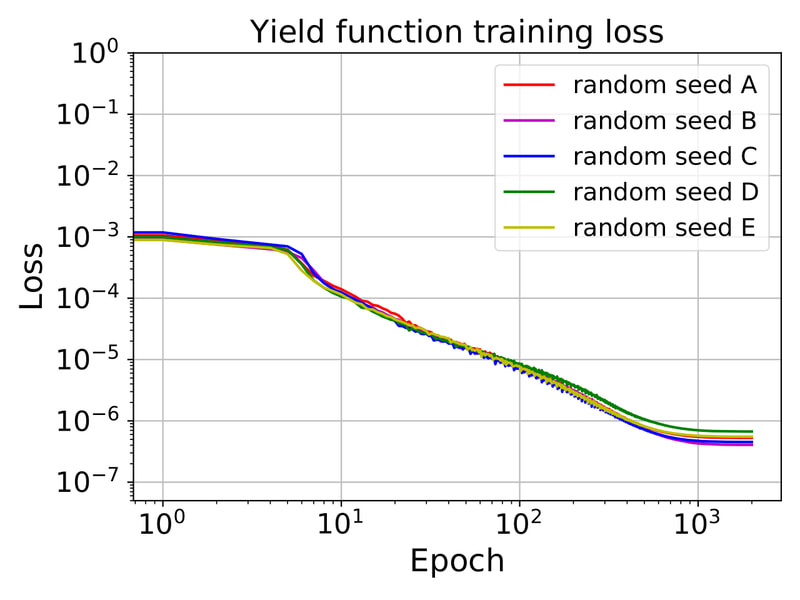
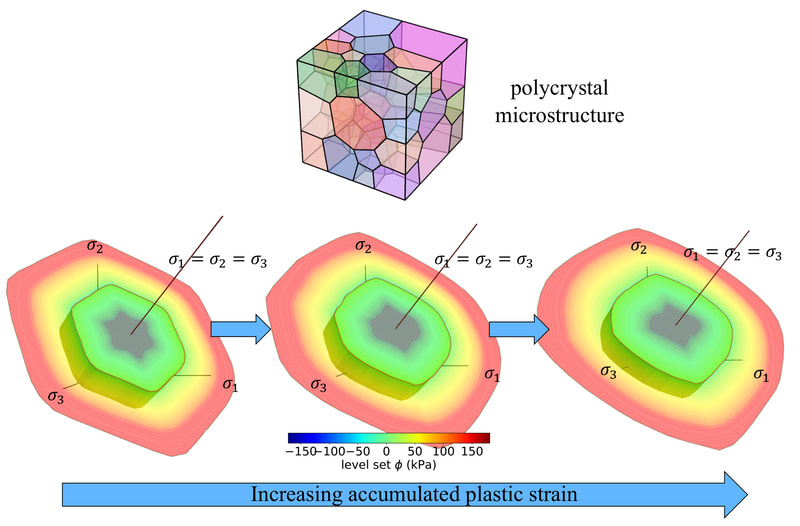
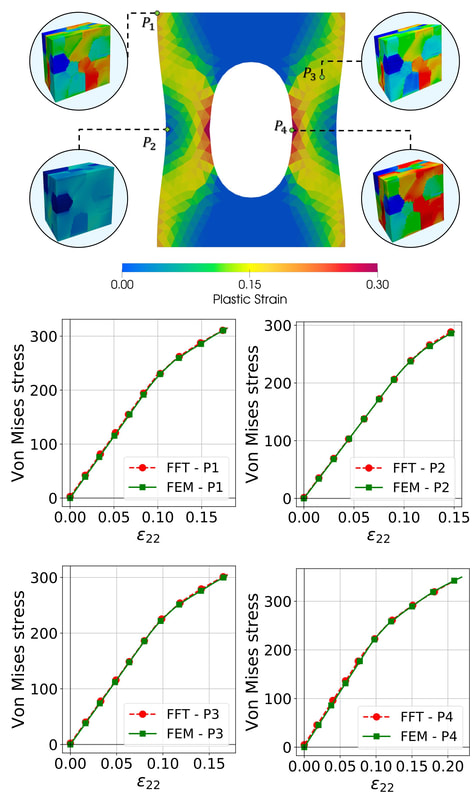
 RSS Feed
RSS Feed